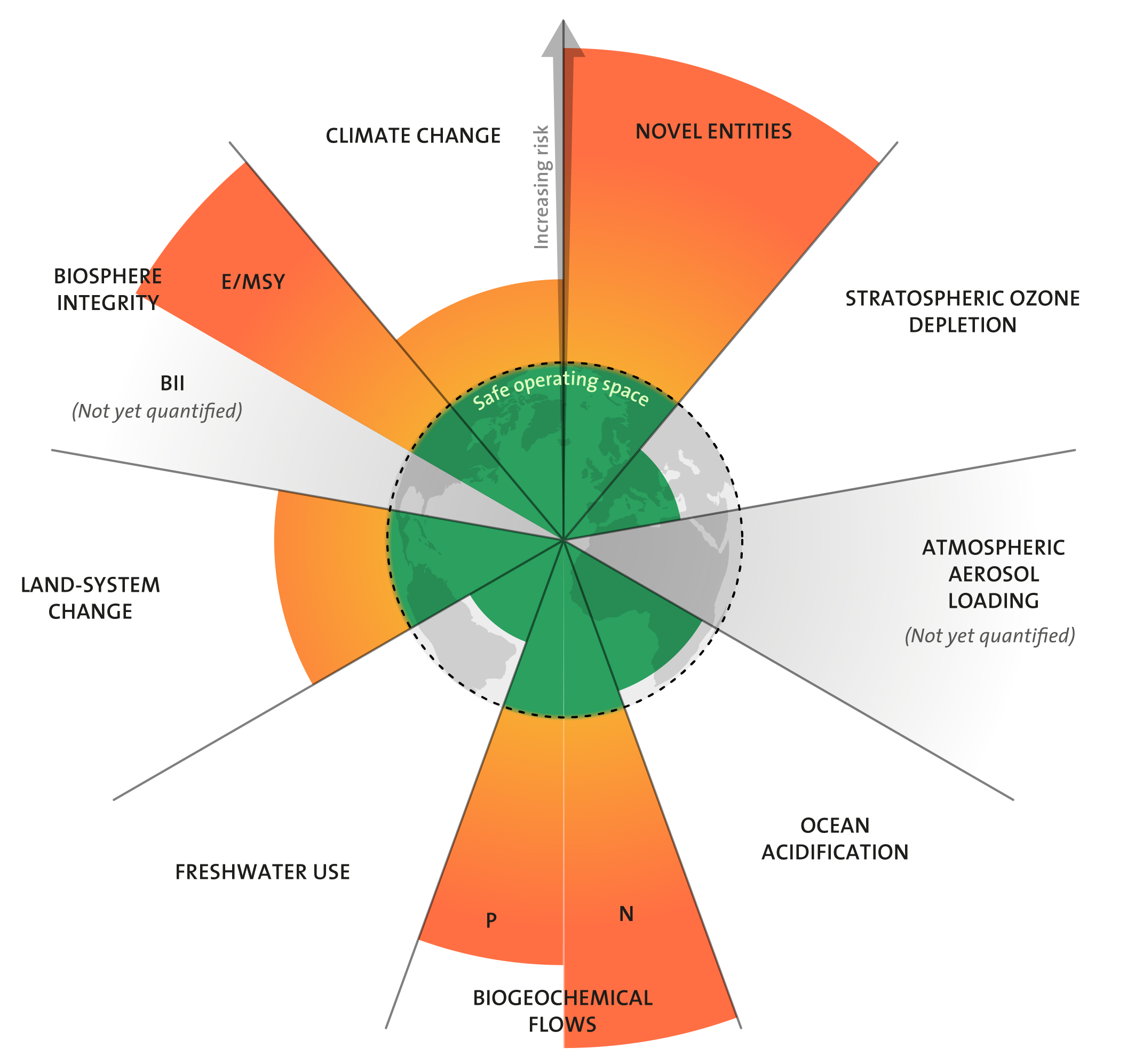ICL, as a global company, is involved in a range of activities that cover all stages of the product life cycle. From the production of raw materials through their final use in end markets, ICL develops and maintains through its project plans and designs a focus on environmental protection at all stages, i.e. Product Stewardship.
ICL’s activities related to several of the planetary boundaries include:
- With respect to climate change, ICL has established a goal to decrease its GHG emissions and increase its renewable energy usage. ICL’s Board of Directors approved the submission of a declaration to the Science Based Targets initiative organization (SBTi), whereby the Company will commit to creating a decarbonization plan in accordance with the criteria and process of the SBTi. In addition, ICL’s products and services support energy storage, a necessary component in advancing the use of renewable energy in the global economy.
- Regarding stratospheric ozone depletion, ICL carefully tracks its production of methyl bromide, a contributor to ozone depletion, and has significantly decreased its production of methyl bromide following the shutdown of a facility in China, previously used for the production of methyl bromide.
- We are striving to reduce our impact on nature at our mining sites. We are working to reduce light pollution, researching on how to restore disturbed areas, recreating lost wild biodiversity hotspots and more.
Global agriculture activities exert pressure on planetary boundaries, posing a challenge to food security and compromising the Earth’s stability.
- ICL’s main products are fertilizers, primarily phosphate and potash-based fertilizers. Correct use of ICL’s products can prevent leaching of excess nitrogen and enable the continued use of farmland which, in turn, decreases land system change. ICL also produces controlled release and slow-release specialty fertilizers that minimize leaching and volatilization. In addition, ICL trains farmers regarding the balanced use of fertilizers which can increase yields on land that has been farmed and decrease the pressure on the natural habitat.
- ICL is focusing efforts on the development and production of efficient food solutions that decrease food waste and increase food security.






